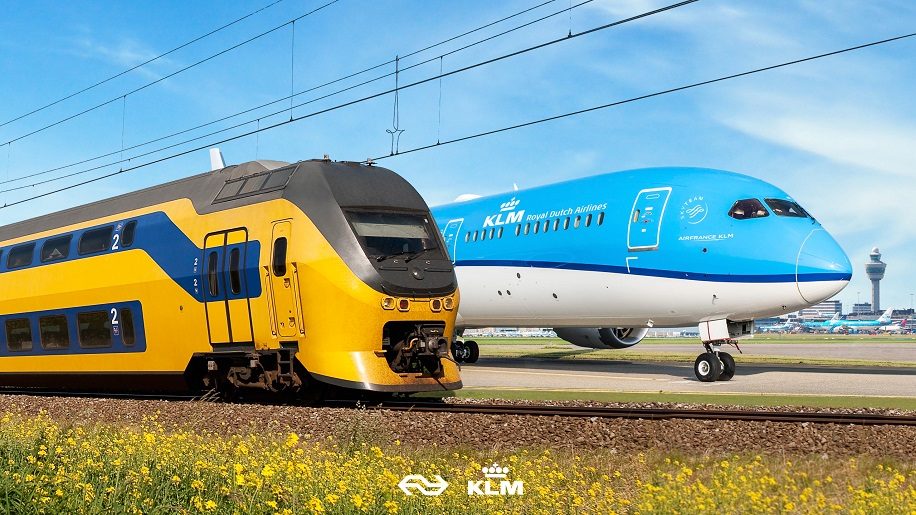
Airlines and their customers are ambivalent about replacing short-haul flights in mainland Europe with rail services, says Alex McWhirter.
It was Lufthansa, some of you may remember, that was the instigator of rail-air. It launched its dedicated train from Dusseldorf to Frankfurt airport via Cologne and Bonn. The idea was that all Lufthansa passengers would have a comfortable and reliable connection with its hub airport (at that time, the new Munich Airport had not been opened).
Now, several decades later, and in today’s eco-conscious age, we see almost every national airline in mainland Europe jumping on the rail-air bandwagon. However, no longer are they as generous as Lufthansa once was in operating a special train. Instead all airlines now rely on rail operators’ regular trains.
The leading rail-air airlines are Lufthansa (again) and Air France. They are followed by Austrian Airlines and Swiss while KLM (so long a rail-air laggard) will soon join in.
Rail-air connections
With rail-air you join the train at one of many domestic points and are then taken direct to the airport’s train station. Usually you will travel free of charge on the rail sector or you will pay an advantageous fare.
There are rail-air differences. Lufthansa is far and away the leader selling Deutsche Bahn rail connections throughout Germany. Many international airlines have struck similar arrangements with Deutsche Bahn so if you are travelling to or from Germany, it’s worth checking for rail-air services at time of booking.
Air France scores with high-speed rail connections. Although its rail-air links are not as comprehensive as Lufthansa, Air France together with SNCF operate TGVs direct to Paris Charles de Gaulle over a number of routes.
I must stress that not everything in the garden is lovely for both airlines and their customers. The latter grumble about having to take their luggage on and off trains. Take Frankfurt as an example: the high-speed station is not as convenient as the original S-Bahn station close to Terminal A. Certainly that is what our readers tell us.
Such inconveniences aside, the advantage of booking Lufthansa Express Rail is that if there is a delay and you miss your train journey or flight, you are guaranteed a transfer to the next available train or aeroplane (lufthansa.com/gb/en/lufthansa-express-rail).
Then again, many travellers would rather not rely on trains in case of delays, missed connections and so on. They want the assurance of a seamless journey. This is why some travellers prefer to check in at a local airport when making a long-haul connection because once within the airline’s system a traveller would be protected should anything go wrong.
Expansion to continue
Airlines agree. Although keen to promote their ‘greenness’, airlines would rather not rely on a third party for ‘feed’ customers. Look at Air France. Both it and SNCF jointly run direct TGVs between Lyon and Paris Charles de Gaulle, but at the same time Air France continues to fly the route six times a day.
It’s the same with Lufthansa. True it axed Cologne-Frankfurt when the high-speed line opened, but Lufthansa continues to operate short feeder flights to Frankfurt from Dusseldorf and Stuttgart (even though there are high-speed rail links). Likewise KLM will continue to operate Brussels-Amsterdam flights even when it links with French-Belgian high-speed train operator Thalys.
KLM knows it must not neglect the corporate market. A larger number of international firms are located near Zaventem (Brussels airport) rather than Brussels Midi railway station.
Nevertheless, rail-air expansion in mainland Europe is set to continue as aviation returns to normal. As well as meeting ‘green’ targets, one of the motivators, pre-pandemic, was the easing of slot restrictions. When more passengers arrive at airports by rail, there is a reduced demand for feeder flights and therefore slots become available for more lucrative long-haul departures.












